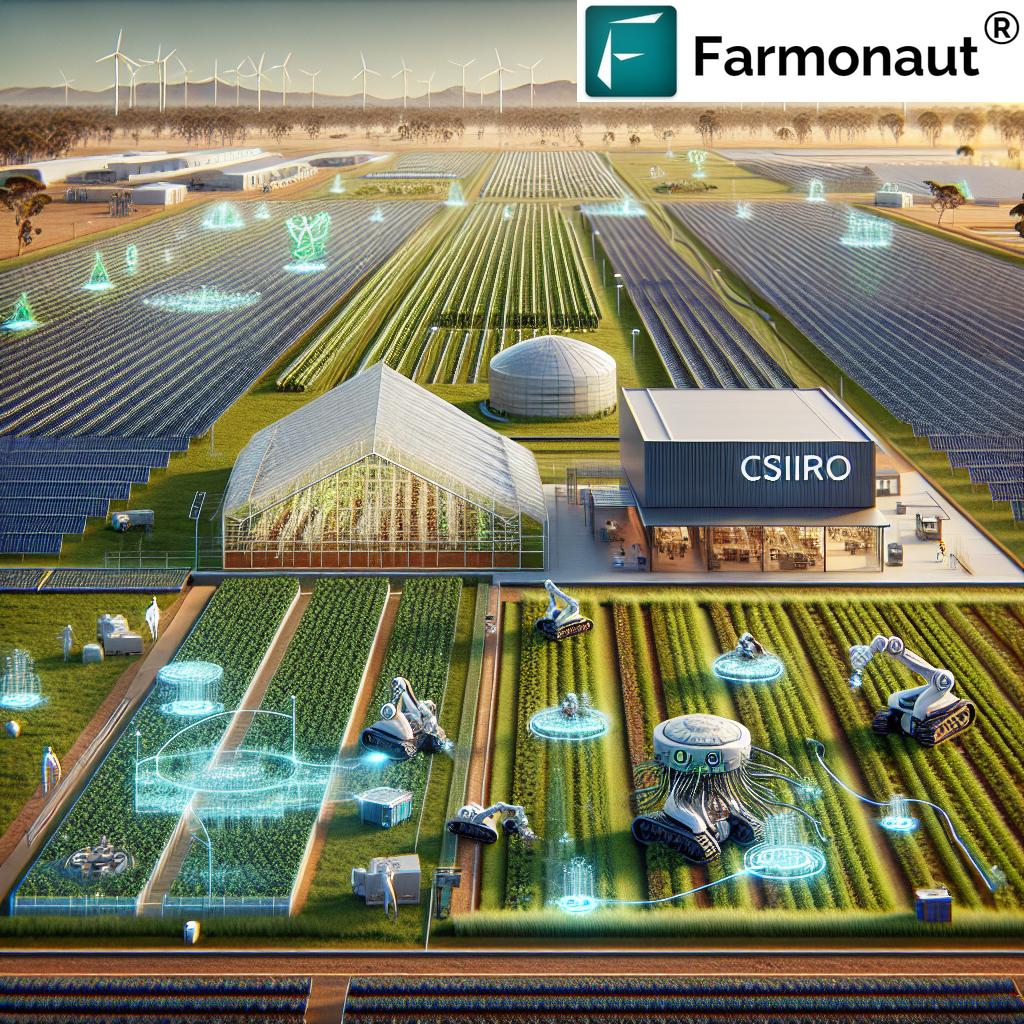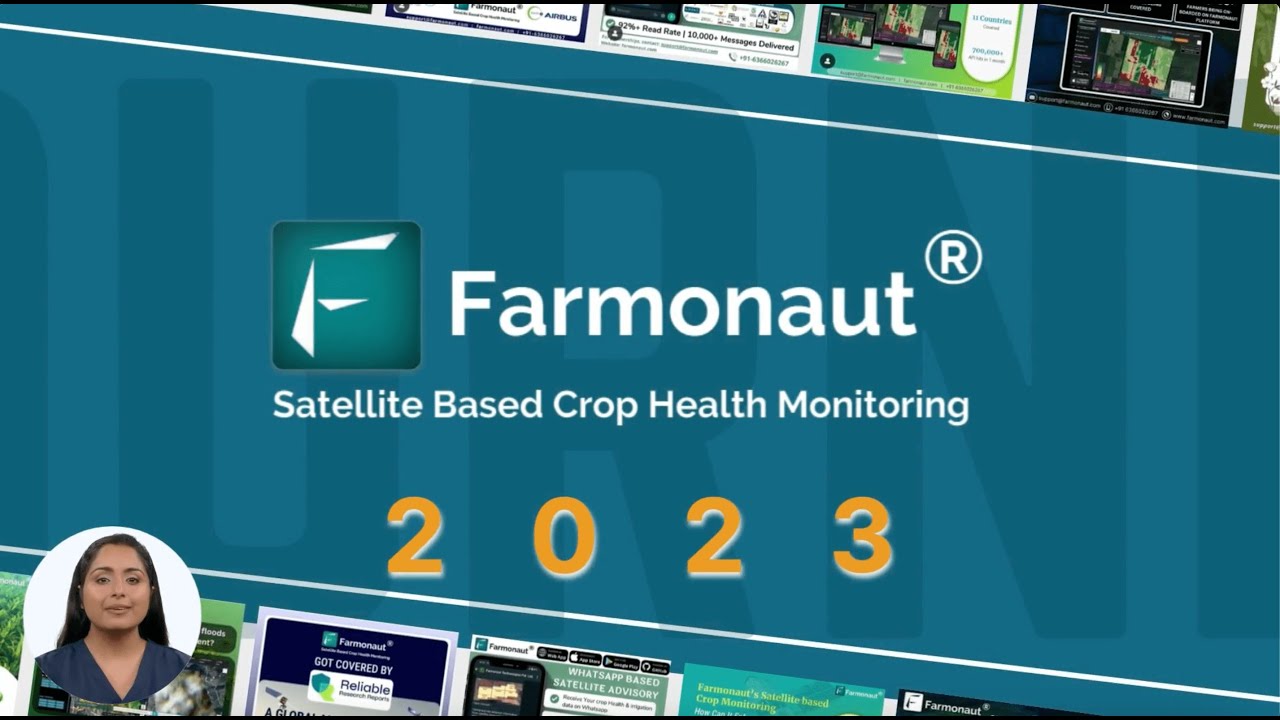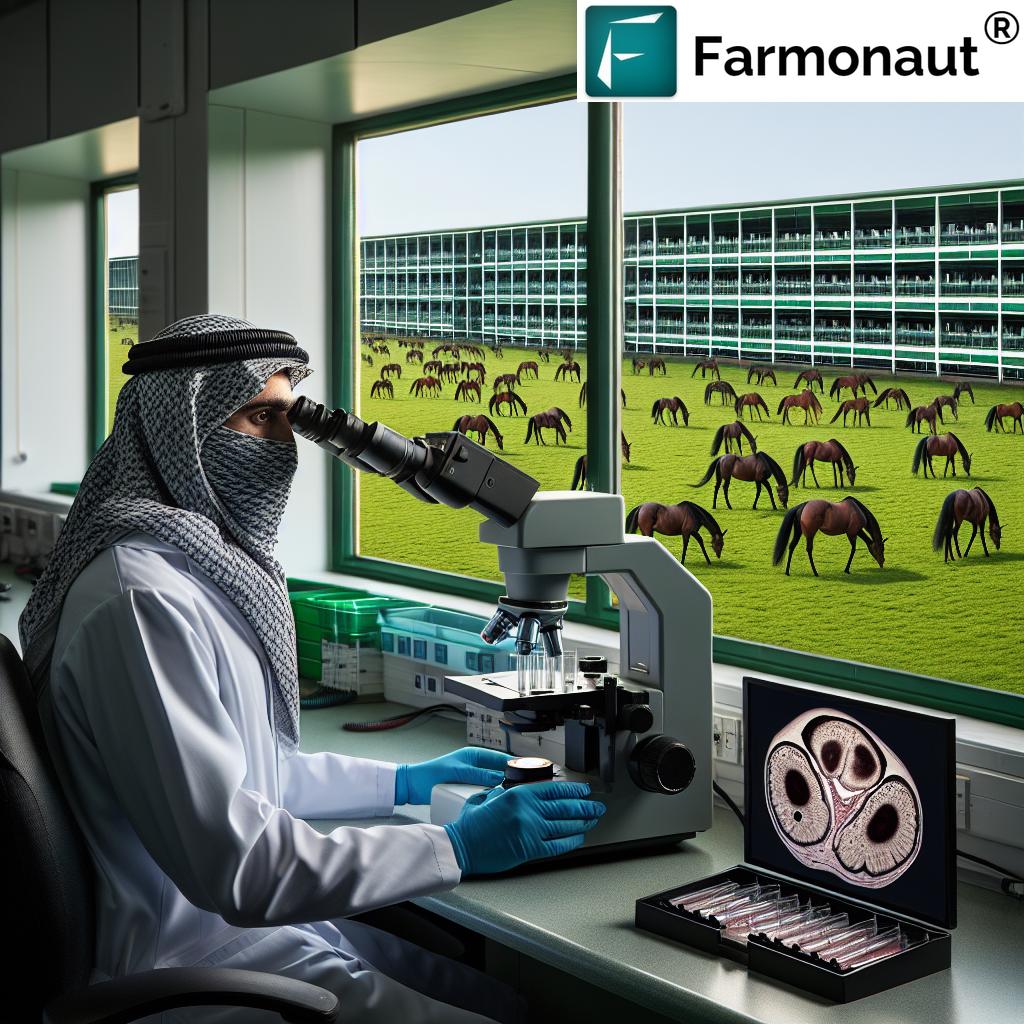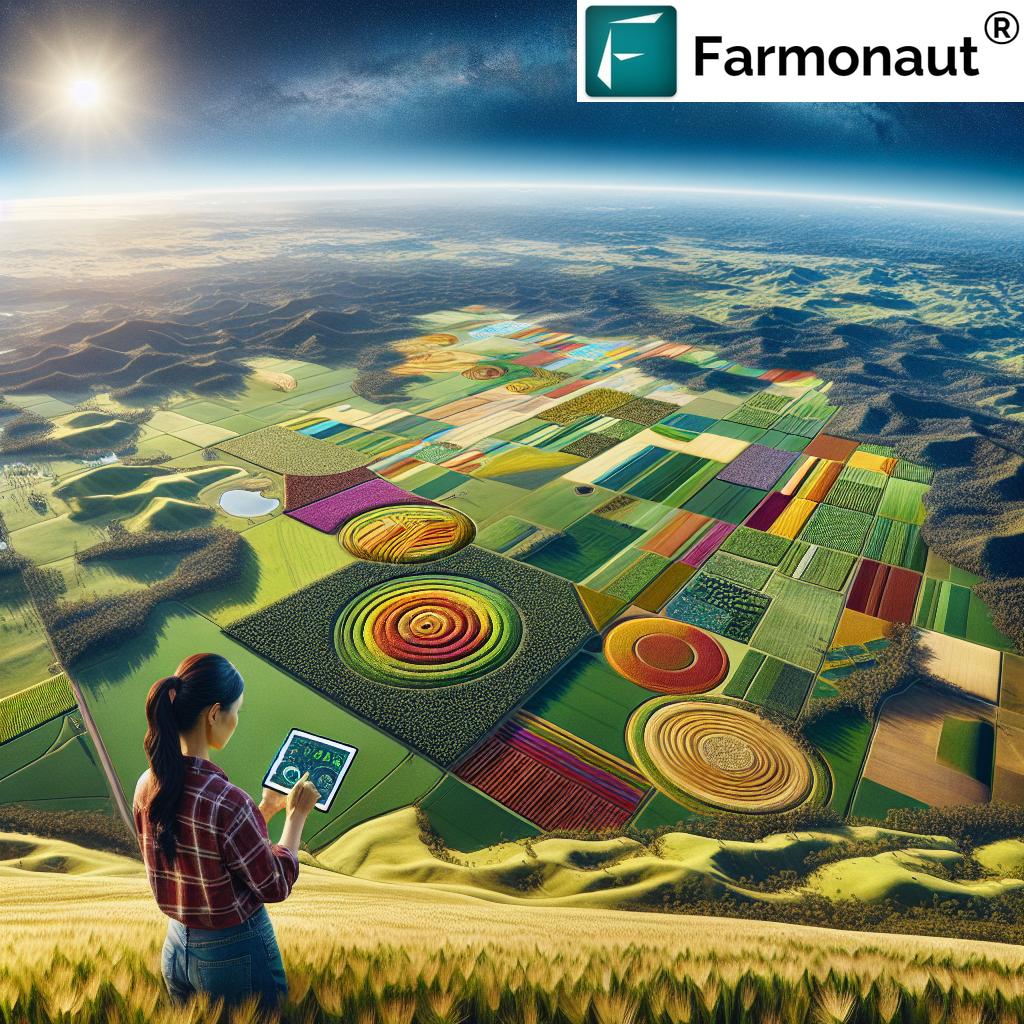Australia’s Economic Future: Top 5 Sectors Driving Growth and Innovation by 2030
“Australia aims to boost its GDP by 1.2% through AI integration across industries by 2030.”
As we approach the year 2030, Australia’s economic landscape is undergoing a profound transformation. The Land Down Under is poised to emerge as a global powerhouse in several key sectors, driven by technological advancements, demographic shifts, climate policies, and evolving global trends. In this comprehensive analysis, we’ll explore the top five sectors that are set to propel Australia’s economic growth and innovation over the next decade.

1. Renewable Energy Exports: Australia’s Clean Energy Revolution
Australia is rapidly positioning itself as a global leader in the clean energy race, with renewable energy exports expected to be a major driver of economic growth by 2030. The country’s vast landmass, abundant sunshine, and strong winds provide an ideal environment for large-scale solar and wind energy projects.
- Solar and Wind Energy Expansion: Australia is investing heavily in utility-scale solar farms and offshore wind projects, with the potential to generate surplus energy for export.
- Green Hydrogen Production: The green hydrogen industry is projected to contribute over $50 billion to the Australian economy by 2030, creating thousands of jobs and establishing the country as a key player in the global hydrogen market.
- Battery Storage and Grid Upgrades: Significant investments in energy storage solutions and grid infrastructure are enabling Australia to manage its renewable energy resources more efficiently.
- Carbon Capture and Climate Adaptation: Australia is also focusing on carbon capture technologies and climate adaptation projects to support its transition to a low-carbon economy.
The potential GDP impact of the renewable energy sector is substantial. As global demand for clean energy solutions continues to rise, Australia could become a dominant force in renewable energy exports, significantly boosting its economic growth.
2. AI and Quantum Computing: Reshaping Australia’s Digital Landscape
Artificial Intelligence (AI) and quantum computing are set to revolutionize various sectors of the Australian economy, from finance and healthcare to defense and cybersecurity. The integration of these technologies is expected to drive significant productivity gains and create new industries.
- AI and Machine Learning Applications: AI is being increasingly adopted across finance, healthcare, and defense sectors, with the potential to add $315 billion to the Australian economy by 2030, according to Deloitte estimates.
- Cybersecurity Services: Australia’s cybersecurity industry is projected to reach $7 billion by 2030, driven by increasing digital threats and the need for robust protection measures.
- Robotics and Automation: The mining, manufacturing, and agriculture sectors are embracing robotics and automation to enhance productivity and efficiency.
- Quantum Computing Research: Australia is investing heavily in quantum computing research, with projects backed by CSIRO and leading universities, positioning the country at the forefront of this revolutionary technology.
The impact of AI and quantum computing on Australia’s GDP is expected to be substantial, potentially outpacing current projections and cementing the country’s position as a global tech hub.
3. Sustainable Agriculture and AgTech: Innovating for Food Security
Australia’s agricultural sector is embracing precision farming techniques and AgTech innovations to boost productivity, enhance sustainability, and meet the growing global demand for food. This transformation is reshaping the country’s farming landscape and opening up new export opportunities.
- Precision Farming: The integration of AI, drones, and robotics in agriculture is optimizing crop yields and resource management.
- Alternative Proteins: Australia is investing in the development of lab-grown meat and plant-based foods, tapping into the growing global market for sustainable protein sources.
- Sustainable Water Management: Innovative water management techniques and the development of drought-resistant crops are helping Australian farmers adapt to changing climate conditions.
- AgTech Innovation: The rise of AgTech startups and climate-smart farming practices is positioning Australia as a leader in agricultural innovation.
While the GDP impact of sustainable agriculture and AgTech is moderate compared to some other sectors, it plays a crucial role in boosting efficiency, expanding exports to Asia, and ensuring long-term food security.
“Green hydrogen production in Australia is projected to create over 16,000 new jobs by 2050.”
In the realm of sustainable agriculture and AgTech, innovative companies like Farmonaut are leading the charge. Farmonaut offers advanced satellite-based farm management solutions that are making precision agriculture more accessible and affordable for farmers worldwide. Their platform integrates cutting-edge technologies such as AI-driven advisory systems, blockchain-based traceability, and resource management tools to address various agricultural challenges.
Farmonaut’s satellite-based crop health monitoring system provides farmers with real-time insights into vegetation health, soil moisture levels, and other critical metrics. This data-driven approach enables farmers to make informed decisions about irrigation, fertilizer usage, and pest management, ultimately optimizing crop yields and reducing resource wastage.
4. Critical Minerals Processing and Advanced Manufacturing
Australia’s rich mineral resources and growing expertise in advanced manufacturing are positioning the country as a key player in the global supply chain for critical minerals and high-tech products.
- Battery Manufacturing for EVs: Australia aims to become a major global supplier of batteries for electric vehicles, leveraging its abundant lithium and other mineral resources.
- Smart Manufacturing: The adoption of Industry 4.0 technologies is transforming Australia’s manufacturing sector, enhancing productivity and competitiveness.
- Space Technology and Defense Innovation: Partnerships with NASA and the AUKUS alliance are driving innovation in space technology and defense manufacturing.
- Critical Minerals Processing: Australia is investing in processing and refining capabilities for critical minerals, moving up the value chain from raw commodity exports.
The potential GDP impact of this sector is high, with the potential to create tens of thousands of high-skilled jobs and reduce Australia’s reliance on raw commodity exports.

5. Aged Care Services and Healthcare Innovation
Australia’s aging population is driving significant growth in the healthcare sector, particularly in aged care services and digital health solutions.
- Aged Care Services: The expansion of retirement communities and specialized care facilities is creating a booming industry to cater to the needs of older Australians.
- Digital Health and Telemedicine: The rapid adoption of telemedicine and digital health solutions is improving healthcare access and efficiency across the country.
- Biotech and Pharmaceutical R&D: Australia is investing heavily in biotech research and pharmaceutical development, aiming to become a global leader in medical innovation.
- NDIS Expansion: The National Disability Insurance Scheme is growing, providing comprehensive support for Australians with disabilities and creating numerous job opportunities in the care sector.
The GDP impact of the healthcare sector is expected to be moderate to high, with healthcare projected to be one of the fastest-growing job markets in Australia by 2030.
Earn With Farmonaut: Join our Affiliate Program
Earn 20% recurring commission with Farmonaut’s affiliate program by sharing your promo code and helping farmers save 10%. Onboard 10 Elite farmers monthly to earn a minimum of $148,000 annually—start now and grow your income!
Comparative Analysis: Top 5 Sectors Driving Australia’s Economic Growth by 2030
| Sector Name | Estimated GDP Contribution (%) | Key Innovations | Challenges | Global Competitiveness Rating (1-5) |
|---|---|---|---|---|
| Renewable Energy Exports | 15-20% | Green hydrogen, large-scale solar, offshore wind | Infrastructure development, international competition | 5 |
| AI and Quantum Computing | 10-15% | AI-driven automation, quantum algorithms, cybersecurity | Skill shortage, rapid technological changes | 4 |
| Sustainable Agriculture and AgTech | 8-12% | Precision farming, alternative proteins, drought-resistant crops | Climate adaptation, market access | 4 |
| Critical Minerals Processing | 10-15% | EV battery manufacturing, advanced materials | Global supply chain competition, environmental concerns | 5 |
| Aged Care Services | 5-8% | Digital health platforms, personalized care technologies | Workforce shortages, regulatory compliance | 3 |
The Role of Technology in Shaping Australia’s Economic Future
Across all these sectors, technology plays a pivotal role in driving innovation and economic growth. From AI and machine learning to blockchain and satellite technology, Australian industries are leveraging cutting-edge solutions to enhance productivity, sustainability, and global competitiveness.
In the agricultural sector, for instance, companies like Farmonaut are revolutionizing farming practices through their advanced satellite-based farm management solutions. By providing real-time crop health monitoring, AI-driven advisory systems, and blockchain-based traceability, Farmonaut is helping Australian farmers optimize their operations and compete on a global scale.
For developers and businesses looking to integrate advanced agricultural data into their systems, Farmonaut offers a robust API. This allows for seamless access to satellite and weather data, further driving innovation in the AgTech space. Developers can find comprehensive documentation for the Farmonaut API in the API Developer Docs.
Challenges and Opportunities
While the outlook for Australia’s economic future is largely positive, there are several challenges that need to be addressed:
- Climate Change Adaptation: As one of the countries most vulnerable to climate change, Australia must continue to invest in adaptation strategies across all sectors.
- Skill Shortages: The rapid technological advancements in key sectors may lead to skill shortages, requiring significant investments in education and training.
- Global Competition: Australia will face stiff competition in emerging industries like green hydrogen and critical minerals processing.
- Geopolitical Tensions: Changing global dynamics, particularly in the Asia-Pacific region, could impact trade relationships and economic growth.
However, these challenges also present opportunities for innovation and growth. By focusing on research and development, fostering international collaborations, and promoting sustainable practices, Australia can turn these challenges into competitive advantages.
The Future of Work in Australia
The transformation of Australia’s economy will have a significant impact on the job market. While some traditional roles may become obsolete, new opportunities will emerge in high-tech industries, renewable energy, healthcare, and advanced manufacturing. Key trends include:
- Increased demand for digital skills across all sectors
- Growth in green jobs related to renewable energy and sustainability
- Expansion of the care economy, particularly in aged care and disability services
- Rise of the gig economy and remote work opportunities
To prepare for this evolving job market, Australia will need to focus on upskilling and reskilling its workforce, promoting STEM education, and fostering a culture of lifelong learning.
Conclusion: A Resilient and Innovative Economic Future
As we look towards 2030, Australia’s economic landscape is set to become more diverse, resilient, and globally competitive. By investing in key sectors such as renewable energy exports, AI and quantum computing, sustainable agriculture, critical minerals processing, and healthcare innovation, Australia is positioning itself as a leader in the industries of the future.
The success of this economic transformation will depend on the country’s ability to navigate challenges, embrace technological advancements, and foster a skilled workforce. With the right strategies and investments, Australia has the potential to outperform current GDP growth projections, creating a prosperous and sustainable economy for generations to come.
As we’ve seen, companies like Farmonaut are at the forefront of this transformation, particularly in the agricultural sector. By leveraging advanced technologies to make precision agriculture more accessible and affordable, such innovations are playing a crucial role in shaping Australia’s economic future.
FAQ Section
Q: What is the expected GDP contribution of renewable energy exports to Australia’s economy by 2030?
A: While exact figures may vary, renewable energy exports, including green hydrogen, are expected to contribute significantly to Australia’s GDP, potentially in the range of 15-20%.
Q: How is AI expected to impact Australia’s economy?
A: According to Deloitte estimates, AI adoption could add $315 billion to the Australian economy by 2030, impacting various sectors including finance, healthcare, and manufacturing.
Q: What role will sustainable agriculture play in Australia’s economic future?
A: Sustainable agriculture and AgTech innovations are expected to boost efficiency in the agricultural sector, expand exports to Asia, and contribute to food security, with a moderate but significant impact on GDP growth.
Q: How is Australia positioning itself in the critical minerals and advanced manufacturing sectors?
A: Australia is investing in processing and refining capabilities for critical minerals, aiming to move up the value chain from raw commodity exports. This sector has the potential to create thousands of high-skilled jobs and significantly contribute to GDP growth.
Q: What impact will the aging population have on Australia’s economy?
A: The aging population is driving growth in the healthcare sector, particularly in aged care services and digital health solutions. This sector is expected to be one of the fastest-growing job markets in Australia by 2030.


















